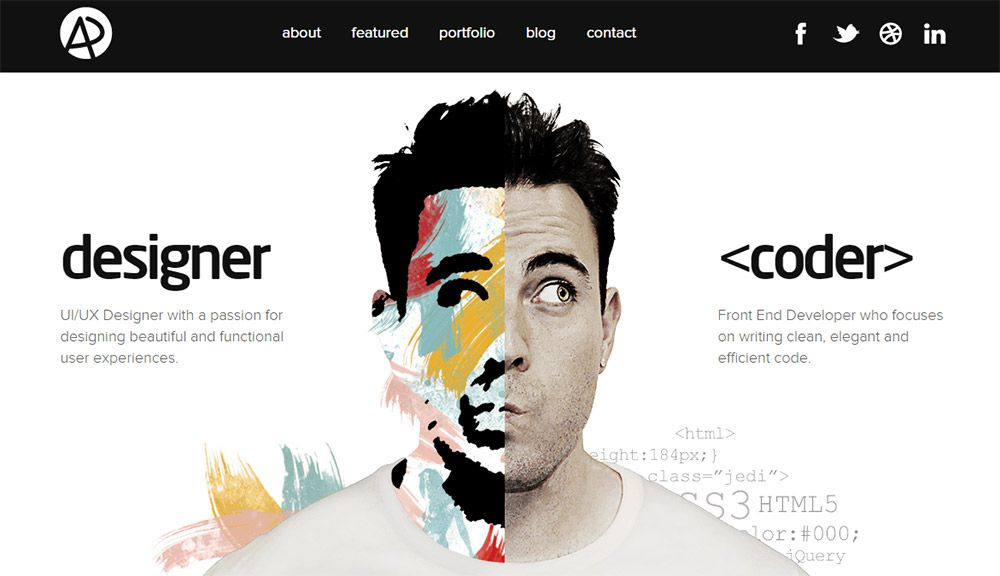
You should ask the right usability questions, regardless of whether you are conducting a test to determine the quality or new product. The best questions can provide you with the most accurate insight, while the wrong ones can cause your results to be distorted. It is also possible to save time and avoid wasting effort by asking the right questions.
There are two basic types of usability test questions to ask. You can ask users questions about the product's purpose or about their usage habits. Regardless of which type you're conducting, a well-written script can make the process easier and keep your results consistent. A script can help you avoid asking the wrong questions or at the wrong place. It also helps you keep a consistent sample.

Questions for usability testing should be concise, clear, and pertinent. It's important not to use jargon that participants don't understand. However, it is also important to have a casual conversation with them so you can get as honest an answer as possible. Participants may also be asked their opinions or to complete tasks. Apart from asking questions, the data can be used to make improvements to your product and advertising.
Testing people who are like your target audience is the best way to usability test. This will give you more data about the design, and people will be more open to giving you honest feedback.
You can ask questions about the demographic information of the user such as their age and gender. This will allow you to identify the most suitable people for the study. This can help you identify usability trends in different demographics. Some people may find it difficult to answer demographic questions. Some questions might touch on sensitive topics, like a person’s age. Alternately, industry-standard scoring systems can be used in a survey template. This method can make it easy to quickly find the information that you require.
You can use them to help you identify design issues. Ask your users to describe their use patterns and how they feel about your product. This will help you determine the most popular features as well as make your product more accessible. Although the results from your usability tests can be used for marketing and advertising, you should do your homework first.

Before you begin your usability test, you'll want to make sure you have a good test plan and test tools. You also want to write down notes on your testing session and share them with the rest of your design team. You can also use a post-test UX survey to gather quantitative data on the overall usability of your product. These can be informal or formal. You may even want to use a rating scale, such as the SUS. These can be used to compare your results with those of other products or earlier versions of your design.
FAQ
Can I use a framework or template on my website?
Yes! A lot of people use prebuilt templates or frameworks to create websites. These templates have all the code you need to display your information on your website.
Some of the most well-known templates are:
WordPress - one of the most popular CMSes
Joomla - Joomla! - another open source CMS
Drupal - Drupal is an enterprise-level software that large organizations can use
Expression Engine – A Yahoo proprietary CMS
Each platform offers hundreds of templates. Finding the right template should be simple.
How much do web developers make?
The hourly rate for a website you create yourself is $60-$80. However, if you wish to charge more, you can become an independent contractor. It is possible to charge between $150-200 an hour.
What is a static web site?
A static website is where all content is stored on a server and accessed by visitors via web browsers.
The term "static" refers to the fact that there are no dynamic features such as changing images, video, animation, etc.
This type of site was originally developed for use in corporate intranets but has since been adopted by individuals and small businesses who want simple websites without the complexity of custom programming.
Static sites have become increasingly popular because they require less maintenance. It's easier to update and maintain static sites than a website that has many components (such blogs).
They also load more quickly than dynamic counterparts. This makes them ideal for users on mobile devices or those with slow Internet connections.
Also, static websites are more secure that dynamic counterparts. You can't hack into a static site. Hackers only have access to the data that resides inside a database.
Two main methods can be used to create a static site:
-
Use a Content Management System (CMS).
-
How to create a static HTML website
The best one for you will depend on your specific needs. A CMS is the best choice for anyone who is new to building websites.
Why? Because it gives you complete control of your website. With a CMS, you don't need to hire someone to help you set up your site. All you need to do is upload files to the web server.
You can still learn how to code and create a static website. However, you will need to put in some time to learn how to program.
Statistics
- It enables you to sell your music directly on your website and keep 100% of the profits. (wix.com)
- When choosing your website color scheme, a general rule is to limit yourself to three shades: one primary color (60% of the mix), one secondary color (30%), and one accent color (10%). (wix.com)
- Studies show that 77% of satisfied customers will recommend your business or service to a friend after having a positive experience. (wix.com)
- Is your web design optimized for mobile? Over 50% of internet users browse websites using a mobile device. (wix.com)
- It's estimated that in 2022, over 2.14 billion people will purchase goods and services online. (wix.com)
External Links
How To
How can I get started as a UI designer?
Two methods can be used to become a UI developer:
-
You can go through school and earn a degree in UI Design.
-
It is possible to start a freelance career.
If you want to go through school, you'll need to attend college or university and complete four years of study. This covers art, business, psychology, and computer science.
You can also attend classes at state universities and community colleges. Some schools offer free programs; others charge tuition fees.
After graduating, you'll need to find employment. If you choose to work for yourself, you must build your client base. You should network with other professionals to let them know that you exist.
Internships are also available at web application development companies. Many companies employ interns to gain practical experience before hiring full time employees.
A portfolio will help you get more work once you have established it. Your work samples and details about the projects should be included in your portfolio.
It is a smart idea to send potential employers your portfolio via email.
You will need to market your services as a freelancer. You can advertise your services on job boards like Indeed, Freelance, Guru, or Upwork.
Freelancers are often assigned by recruiters posting job openings online. These recruiters look for qualified candidates to fill specific positions.
These recruiters will typically give the candidate a project brief that outlines the position's requirements.
A freelancer is not required to sign a long-term contract. However, if you plan to move forward, it is best to negotiate an upfront payment.
Many designers prefer to work directly and not through agencies. Although this may sound great, many lack the necessary skills.
Agency workers have a deep understanding of the industry in which they are working. They also have access special training and resources that help them produce high-quality work.
Aside from these benefits, agency workers are often paid a higher hourly pay.
Working with an agency has the downside of not being able to contact your employer directly.
As a UI designer you need to be motivated, creative, flexible, detail-oriented and communicative.
Additionally, communication skills must be excellent both in written and verbal.
UI designers are responsible to design websites using user interfaces (UI) as well as visual elements.
They are also responsible for ensuring that the site meets the needs of its users.
This involves understanding the information users need and how to make your site work.
UI designers use various tools to create wireframes. Wireframing is a way for them to visualize the layout of a page prior to beginning their designs.
It is easy to create your own wireframes using the online templates.
Some designers only focus on UI design. Others combine UI and graphic design.
Photoshop is used to edit images by graphic designers.
Adobe InDesign is used to create layouts and pages.
Photographers capture images using digital cameras or DSLRs.
The photos are then uploaded to a photo editing software where text captions, filters and other effects can be added.
The photographer saves the image to a file compatible with the website.
It is vital to consider all aspects in the web design process.
This includes research and planning, wireframing, prototyping testing, coding, content creation and publishing.
Research - It is crucial to conduct extensive research before beginning a new venture.
Planning - Once your research is complete, you can begin to create a plan.
Wireframing - A wireframe is a preliminary sketch of a web page or application.
Prototyping -- Prototypes allow you to make sure that your final product is exactly what you imagined.
Testing - Multiple rounds of testing should be done on the prototype to make sure it works properly.
Coding - Coding is the act of writing computer code.
Content Creation - This includes everything from managing social media accounts to writing copy.
Publishing involves uploading files to a server, and making sure the site is accessible.
As a freelance UX/UI designer, you will need to learn about different projects.
Some companies require only wire frames, others require complete prototypes.
You might be required to do certain tasks, depending on what type of project it is.
One example is that if you are hired as a wireframe designer, you might be required to create many wireframes.
If you're asked to develop a site prototype, it may be necessary to make it fully functional.
Strong interpersonal skills are important regardless of the project type.
Referrals are what most clients use to hire freelancers. Therefore, it is important that you establish strong relationships with potential employers.
You must also be able communicate clearly both verbally as well as in writing.
A portfolio is an essential part any freelancer's arsenal.
It displays your work and shows your ability to produce high-quality results.
Online portfolios can help you do this.
Finding websites similar to yours is the best way to start.
You can then search these websites to find out which one offers its services.
Once you have determined the best practices for you, you can begin to adopt them.
You can also include links to your portfolio in your resume.